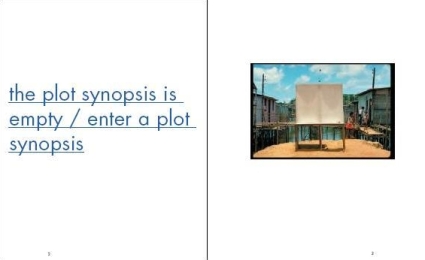 Willoughby Sharp, Inside-Out, at 112 Greene Street, 1974
Willoughby Sharp, Inside-Out, at 112 Greene Street, 1974
White Columns, the venerable downtown New York alternative arts space, celebrates its fortieth birthday this year. A retrospective exhibition, organized by Matthew Higgs and Amie Scally, the current WC director and curator, provides a necessary historical overview of its various SoHo and West Village addresses, and of the hundreds of projects and thousands of artists that have passed through its doors. From the Archives: 40 Years/40 Projects continues through February 28, 2009.
Forty years, one show from each year, is a good structure. Like any retrospective, there is a high nostalgia quotient for those who viewed the particular exhibitions when they were first mounted at 112 Greene, 325 Spring, the two Christopher Street locations or the current West 13th Street address of White Columns.
The show is decidedly archival and historical. There is some actual work - by Frank Majore, Lutz Bacher, Felix Gonzalez-Torres, Cheryl Donegan, John Stezaker, Kathe Burkhart, Lovett/Codagnone - but mostly we find documentation of the events: press releases, invitation cards, exhibition checklists, installation photography, typed artists' statements and letters, posters, catalogs, brochures, slides, videos, photos from the openings, a short grainy film, clippings of reviews from various magazines and newspapers (some no longer being published - another lesson in ephemerality).





